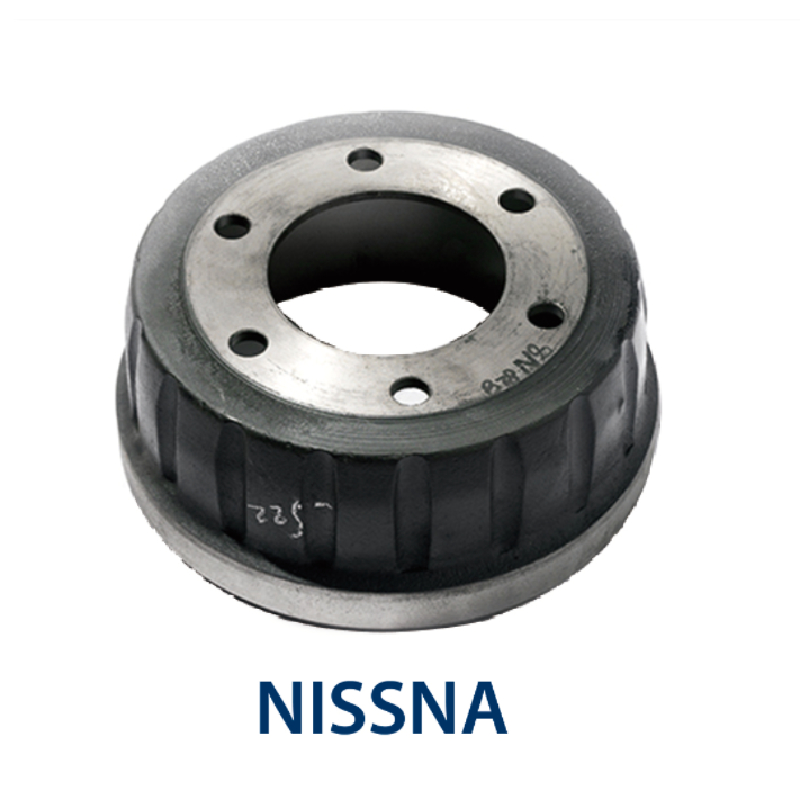Aug . 06, 2024 13:07 Back to list
Understanding the Costs Associated with Brake Drums and Their Replacement for Vehicle Maintenance
Understanding Brake Drum Costs A Comprehensive Analysis
Brake drums are a crucial component of a vehicle's braking system, playing a vital role in ensuring safety and performance. Knowing the cost associated with brake drums is important for both vehicle owners and automotive professionals. In this article, we will explore various factors that influence the cost of brake drums, average pricing, and maintenance tips to maximize their lifespan.
Factors Influencing Brake Drum Costs
1. Material Brake drums are primarily made from either cast iron or aluminum. Cast iron is more common due to its durability and cost-effectiveness, while aluminum, being lighter and more resistant to corrosion, tends to be more expensive. The choice of material significantly impacts the price of brake drums.
2. Brand Just like any other automotive part, the brand plays a crucial role in determining the cost. Well-known brands may charge a premium for their products due to perceived quality and reliability. Opting for generic or lesser-known brands can save costs, but it may come at the expense of performance and durability.
3. Vehicle Type The make and model of a vehicle significantly affect the price of brake drums. Specialty vehicles, like trucks or performance cars, may require specific parts that can be more expensive compared to standard passenger vehicles. Additionally, luxury vehicles tend to have higher parts costs due to their specialized brake systems.
4. Condition New brake drums typically cost more than refurbished or used ones. While refurbished brake drums may offer savings, it is essential to ensure they meet safety standards and are in good condition.
5. Installation Costs It’s not just the purchase price; installation costs should also be considered. Hiring a professional mechanic can add significantly to the overall expense, while DIY enthusiasts can save money by performing the installation themselves.
Average Pricing
On average, brake drums can cost anywhere from $50 to $150 per drum, depending on the factors mentioned above. Budget brands may offer drums at the lower end of the spectrum, while high-performance or OEM (Original Equipment Manufacturer) parts can push the price to the higher end or beyond. The installation cost can range from $100 to $300, depending on the labor rates in your area and the complexity of the installation.
brake drums cost

Maintenance Tips
To get the most out of your brake drums and protect your investment, consider the following maintenance tips
1. Regular Inspections Regularly inspect your brake system, including the drums, for signs of wear such as grooves, cracks, or excessive heat discoloration. Catching these issues early can save money on repairs later.
2. Proper Adjustment Ensuring that your brakes are correctly adjusted can help extend the life of your brake drums. Misalignment can cause uneven wear and reduce their lifespan.
3. Quality Brake Shoes Pairing high-quality brake shoes with your drums can not only improve braking performance but also help prevent premature wear on the drums.
4. Avoiding Overloading Excessive weight can put undue stress on your braking system, causing faster wear and tear on your brake drums.
5. Driving Habits Gentle braking can prolong the life of your brake components. Avoiding sudden stops and heavy braking can enhance the durability of the brake drums.
Conclusion
Understanding the costs associated with brake drums is essential for vehicle maintenance and budget management. Factors such as material, brand, vehicle type, and installation play crucial roles in determining the overall price. By implementing regular maintenance and thoughtful driving habits, you can ensure that your brake drums perform well and last longer, offering you safety and peace of mind on the road. As always, staying informed and making educated choices will lead to better automotive health and reduced costs in the long run.
-
Explore Japan: Ultimate Travel Guide & Authentic Experiences
NewsAug.19,2025
-
Your Brake Drum Man: Premium & Reliable Brake Drums for Sale
NewsAug.18,2025
-
ROR Web Development: Build Fast, Scalable, Secure Apps
NewsAug.17,2025
-
Scania Brake Drums: OEM Quality for Optimal Safety & Durability
NewsAug.16,2025
-
R.V.I: Advanced Remote Visual Inspection for Precision
NewsAug.15,2025
-
Discover HYUNDA: Innovative Vehicles, Equipment & Solutions
NewsAug.14,2025
